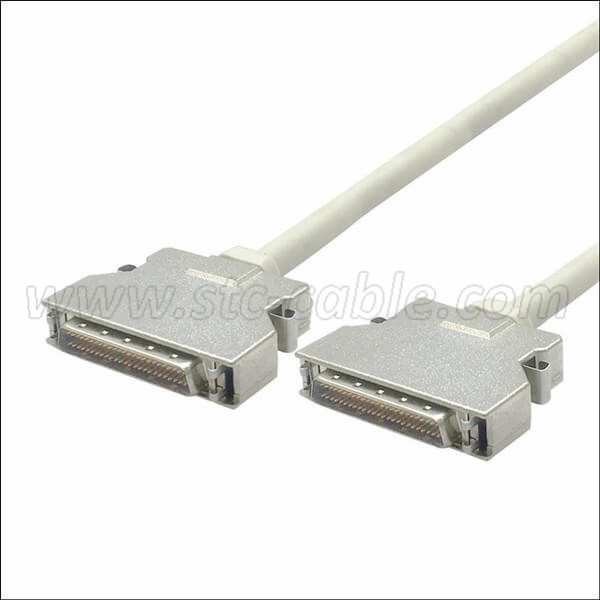What is the maximum data transfer rate of SCSI cables?
The maximum data transfer rates for different SCSI interfaces are as follows:
1. SCSI-1: The original SCSI standard had a maximum data transfer rate of 5 MB/s (megabytes per second).
2. SCSI-2: Introduced enhancements such as Fast SCSI and Fast-20 SCSI. Fast SCSI had a maximum data transfer rate of 10 MB/s, while Fast-20 SCSI (also known as Fast SCSI-2) supported up to 20 MB/s.
3. Ultra SCSI: This version could achieve a maximum data transfer rate of 40 MB/s.
4. Ultra2 SCSI: Also known as LVD (Low Voltage Differential), Ultra2 SCSI provided a maximum transfer rate of 80 MB/s.
5. Ultra160 SCSI: Improved performance with a maximum data transfer rate of 160 MB/s.
What is the difference between SCSI and SATA?
SCSI (Small Computer System Interface) and SATA (Serial ATA) are both storage interfaces, but they have key differences. SCSI is a parallel interface that supports a wide range of devices and can handle multiple devices on a single bus with sophisticated command sets, often used in enterprise environments. SATA is a serial interface designed for consumer hard drives and SSDs, offering simpler, point-to-point connections with higher data transfer rates, but typically supporting fewer devices per connection. SATA tends to be more cost-effective and easier to implement for general use, while SCSI offers more advanced features for high-performance and enterprise applications.
SCSI (Small Computer System Interface) and SATA (Serial ATA) are both interfaces used to connect storage devices to computers, but they have some key differences:
SCSI (Small Computer System Interface)
1. Performance: SCSI drives are known for their high performance and reliability, making them ideal for enterprise environments.
2. Multiple Device Connectivity: SCSI can connect multiple devices (up to 16) on a single bus, allowing for complex configurations.
3. Data Transfer Rates: SCSI supports various speeds, with Ultra320 SCSI reaching up to 320 MB/s and Serial Attached SCSI (SAS) reaching up to 12 Gbps (1.5 GB/s)1.
4. Use Cases: Commonly used in servers, high-end workstations, and RAID systems due to their robustness and speed.
SATA (Serial ATA)
1. Performance: SATA drives are generally slower than SCSI but have improved over time. SATA III can reach speeds up to 6 Gbps (750 MB/s)1.
2. Cost: SATA drives are more cost-effective, making them popular for consumer desktops and laptops.
3. Single Device Connectivity: SATA typically connects one device per port, simplifying the setup but limiting the number of devices.
4. Use Cases: Widely used in personal computers, laptops, and consumer-grade storage solutions due to their affordability and sufficient performance for everyday tasks.
Key Differences
1. Speed and Performance: SCSI generally offers higher performance and reliability, suitable for enterprise use, while SATA provides a cost-effective solution for home and small business use23.
2. Device Connectivity: SCSI supports multiple devices on a single bus, whereas SATA connects one device per port.
3. Cost: SATA drives are typically cheaper than SCSI drives, making them more accessible for general consumers
Send your message to us:
Post time: Aug-29-2024
